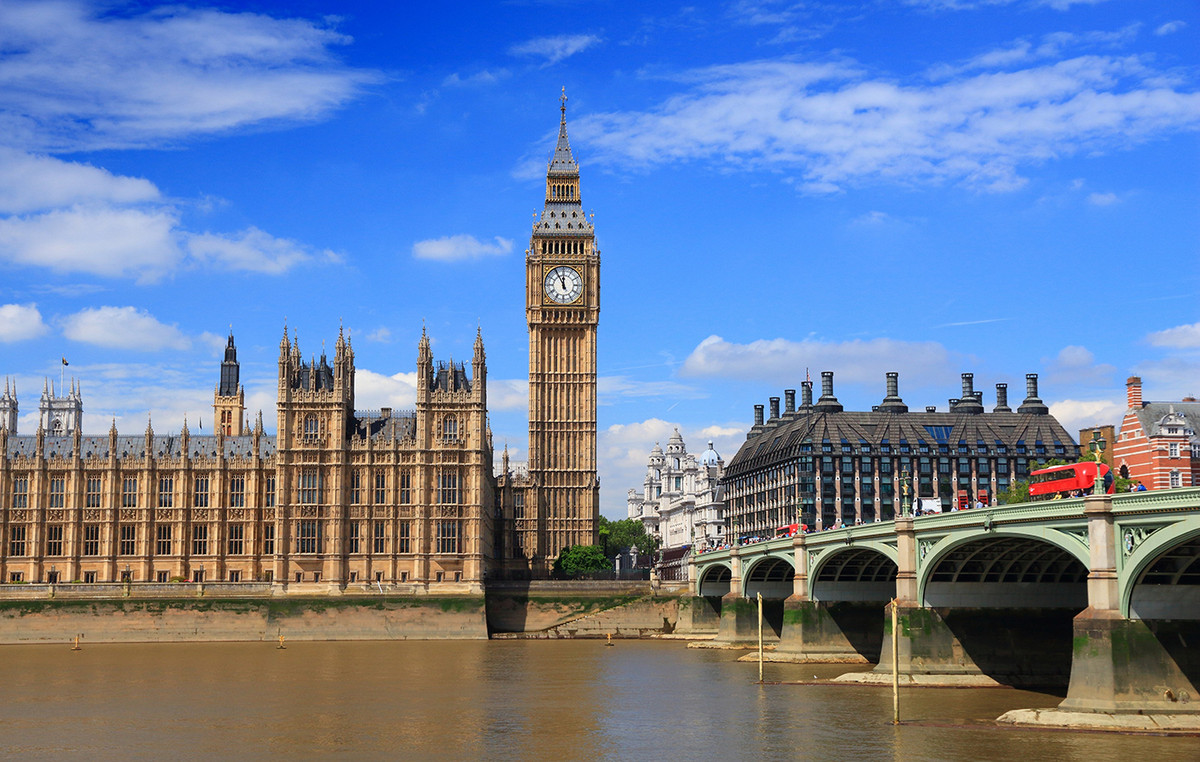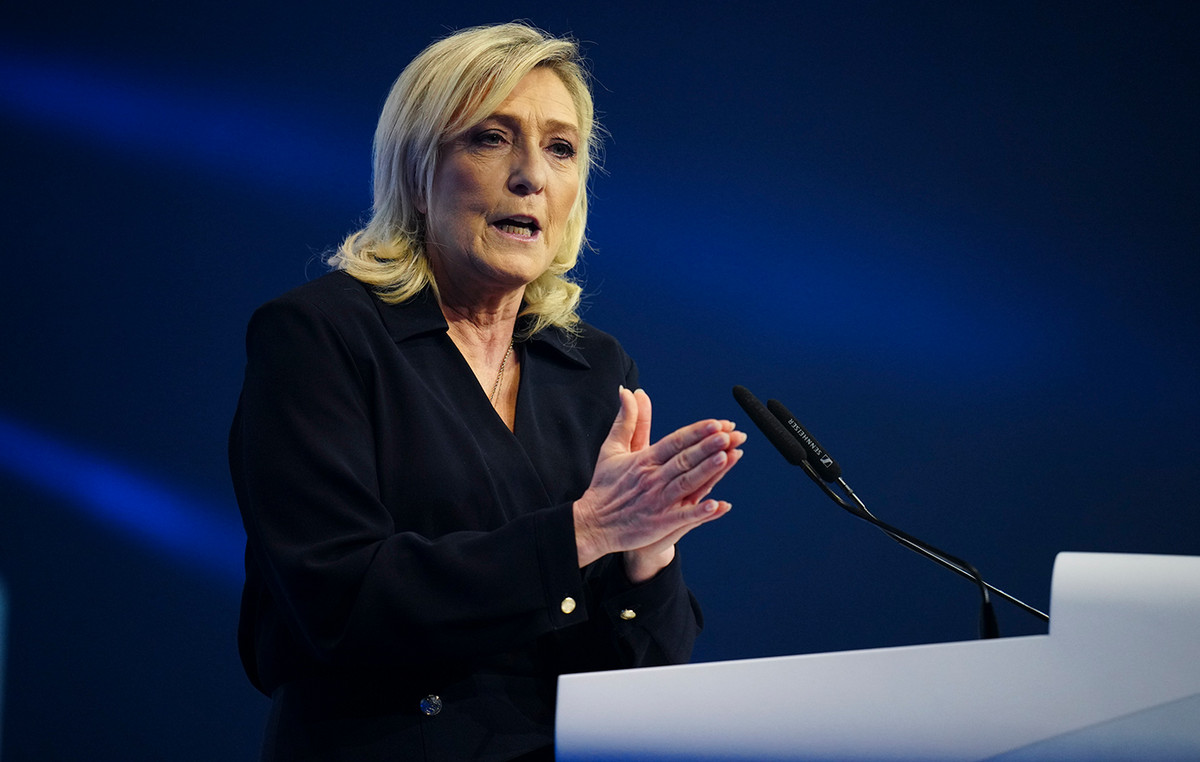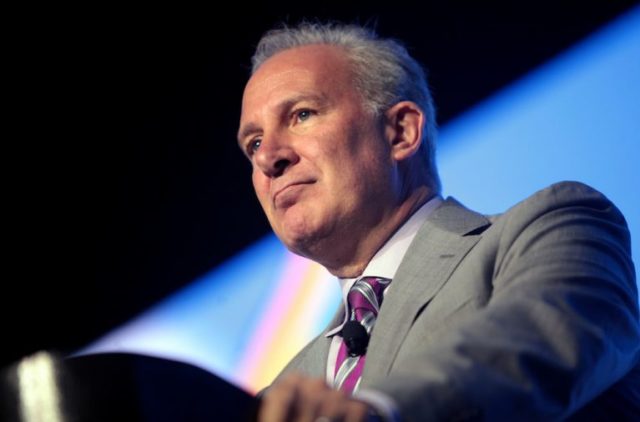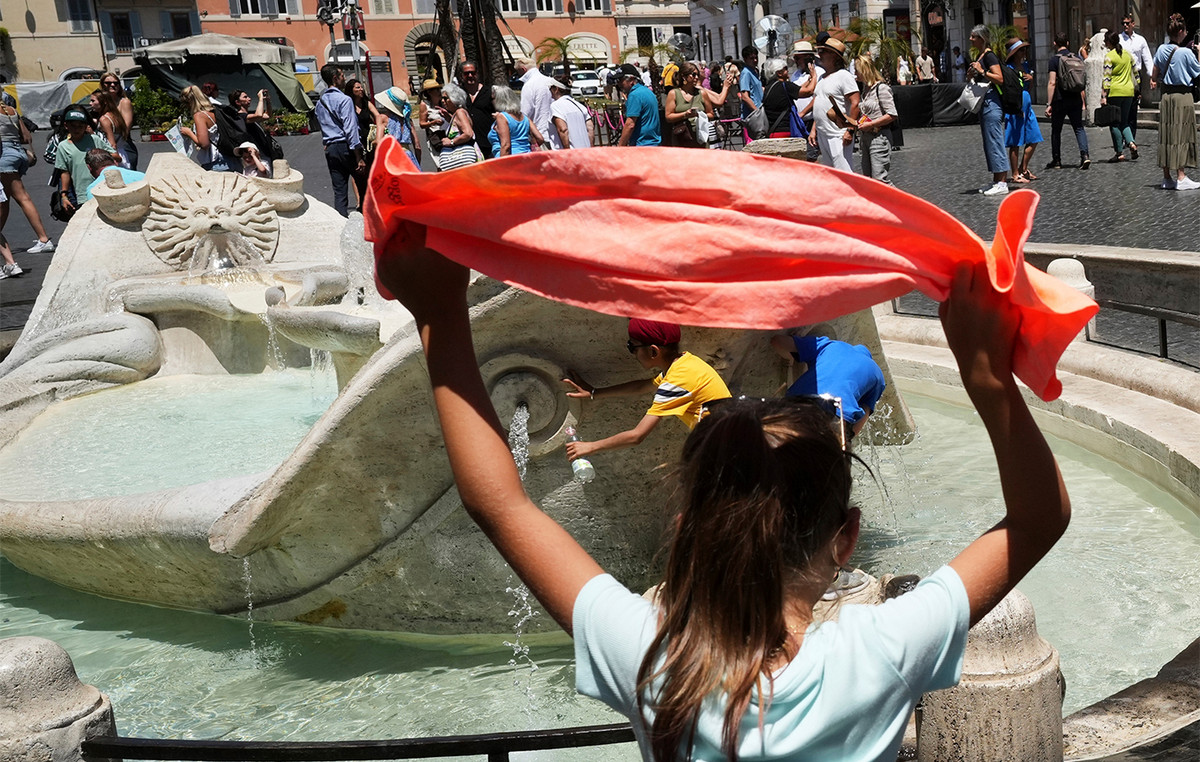Federal regulators have granted SpaceX permission to launch the long-awaited second test flight of its system Starship — the most powerful rocket ever built — after an explosive first attempt in April.
The Federal Aviation Administration (FAA), which licenses commercial rocket launches, said on Wednesday that SpaceX has permission to launch the mission after the agency determined that it “met all safety, environmental, political and financial responsibility requirements”.
SpaceX’s website states that the company is targeting a two-hour launch window on Friday, November 17, which opens at 7 a.m. local time (10 a.m. Brasília time).
Public notices issued to mariners indicate that other opportunities for takeoff may include the mornings of November 18, 19 and 20.
The Starship spacecraft and its Super Heavy booster are at the center of SpaceX’s plans to eventually put humans on Mars, as well as helping NASA’s effort to return humans to the moon for the first time in more than 50 years. Starship is intended to serve as the lunar lander for the Artemis III mission, currently scheduled for 2025. And if the test flight fails once again, it could disrupt NASA’s lunar exploration schedule.
April’s inaugural integrated test flight of Starship and Super Heavy — the massive rocket expected to propel the spacecraft to orbital speeds — ended just minutes after liftoff when the vehicle began to tip over, turning upside down, and forced the SpaceX to initiate self-destruct mode and explode both stages of the rocket over the Gulf of Mexico.
SpaceX has spent the past few months rebuilding the launch site and making upgrades to the rocket system at the company’s Starbase facility in Boca Chica, Texas. The launch pad was torn apart by the force of the Super Heavy’s engines igniting, sending debris crashing into the surrounding coastal area.
The potential impacts of the rocket accident prompted a group of environmental and wildlife advocates to file a lawsuit in May against the FAA, alleging that the agency failed to comply with federal environmental laws when it greenlit the first rocket flight. Starship test.
William Gerstenmaier, SpaceX’s vice president of construction and reliability, blamed regulators for delaying the second test flight, telling a U.S. Senate hearing in mid-October: “It’s a shame when our hardware is ready to fly and it doesn’t. we can fly because of regulations or reviews.”

The FAA concluded its safety investigation in September, establishing 63 corrective actions for SpaceX. The agency then completed the safety review on October 31 for SpaceX’s second planned test flight.
However, as part of its environmental review, the FAA began consultation with the U.S. Fish and Wildlife Service under the Endangered Species Act. This process was completed on November 14, according to a statement from the agency, allowing the FAA to issue the launch license.
Now, SpaceX is ready for another attempt to boost Starship off the launch pad and send it on a mission to complete a near full circle around the Earth.
Starship Challenges
If the test mission fails once again, NASA’s goal of returning humans to the surface of the moon could be delayed as the space agency is competing with other nations — including China — to build a permanent lunar base. The space agency has already warned that Starship may not be ready in time for a 2025 moon landing attempt.
Even if it is successful, SpaceX still has several technological hurdles to overcome. The company must demonstrate that the rocket can safely deliver a satellite or other payload to Earth orbit, as well as dock with a refueling tanker to top up its propellant while in orbit — a move that will be essential to carrying the massive vehicle to the moon.
SpaceX CEO Elon Musk posted in August on social media that he predicts about a “50% probability of reaching orbital speed,” although he cautiously added that “even getting to the separation stage would be a win,” referring to to the launch phase when the Super Heavy rocket detaches from the Starship spacecraft.
Environmental concerns
SpaceX may also face additional resistance from environmentalists before — or after — the second launch attempt. The group of environmental and wildlife advocates who previously sued the FAA may still try to obtain an injunction to stop the next launch.
When reached for comment, Jared Margolis, senior attorney at the Center for Biological Diversity, said the nonprofit group had not decided whether to pursue that path, although he acknowledged the option was still on the table. It is unclear, however, whether the group will have enough time to present adequate documentation before SpaceX moves forward with the planned launch.
Source: CNN Brasil
Charles Grill is a tech-savvy writer with over 3 years of experience in the field. He writes on a variety of technology-related topics and has a strong focus on the latest advancements in the industry. He is connected with several online news websites and is currently contributing to a technology-focused platform.







